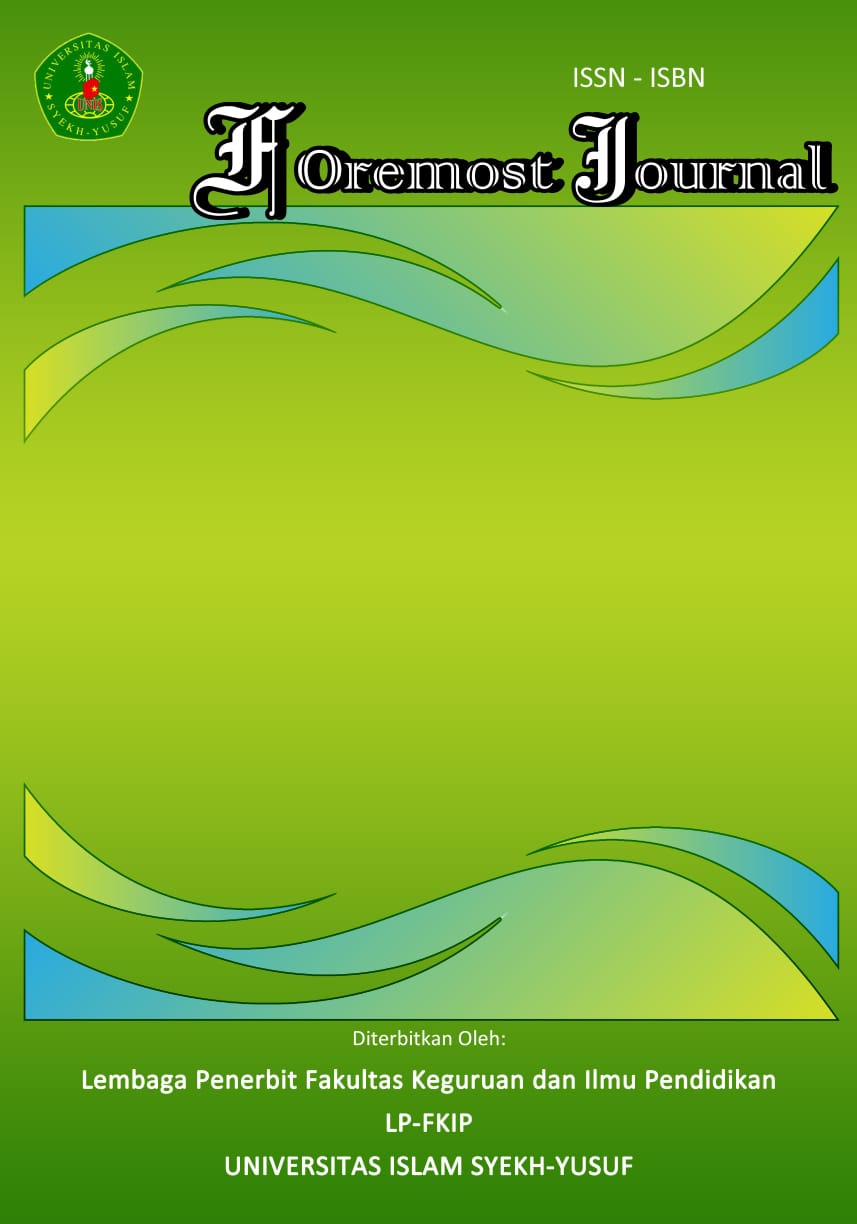The Development of Musicalization Poetry assisted by Artificial Intelligence
DOI:
https://doi.org/10.33592/foremost.v5i2.5131Keywords:
Musicalization Poetry; Artificial Inteligence; Riset and DevelompentAbstract
The major objective of this work is to investigate the evolution of musicalization poetry with the assistance of deep artificial intelligence (AI). Educational context learning at the school level. This research utilised 4D model research and development (R&D) methodologies, encompassing the stages of Define, Design, Develop, and Disseminate. During the Define stage, an article analysis is conducted to define the theme of poetry. The Design step entails students creating poetry that aligns with predetermined themes. Artificial intelligence (AI) tools like ChatGPT and Suno Music Generator are employed at the Develop stage to transform poetry into music. The dissemination phase included conducting experiments at 20 schools in Sukabumi, where students were selected as samples to receive bait and return. Research findings indicated that the usage of AI apps can significantly enhance language competency, creativity, and cultural understanding among students. Evidence-based 4D research and development approach successful in combining poetry with musicalization. Nevertheless, issues such as linguistic complexity and instructor competence have to be addressed. In general, the use of artificial intelligence in musicalising poetry represents significant promise. In order to enhance the learning experience and increase student engagement in literary education.Downloads
Published
2024-08-29
How to Cite
Helmanto, F., & Dayana, Y. F. (2024). The Development of Musicalization Poetry assisted by Artificial Intelligence. Foremost Journal, 5(2), 119–126. https://doi.org/10.33592/foremost.v5i2.5131
Issue
Section
Articles
License
Copyright (c) 2024 Foremost Journal

This work is licensed under a Creative Commons Attribution-NonCommercial-ShareAlike 4.0 International License.
- Authors certify that the work reported here has not been published before and contains no materials the publication of which would violate any copyright or other personal or proprietary right of any person or entity.
- Authors transfer or license the copyright of publishing to Foremost Journal to publish the article in any media format, to share, to disseminate, to index, and to maximize the impact of the article in any databases.
- Authors hereby agree to transfer a copyright for publishing to Foremost Journal a Publisher of the manuscript.
- Authors reserve the following:
- all proprietary rights other than copyright such as patent rights;
- the right to use all or part of this article in future works of our own such as in books and lectures;
- use for presentation in a meeting or conference and distributing copies to attendees;
- use for internal training by author's company;
- distribution to colleagues for their research use;
- use in a subsequent compilation of the author's works;
- inclusion in a thesis or dissertation;
- reuse of portions or extracts from the article in other works (with full acknowledgement of final article);
- preparation of derivative works (other than commercial purposes) (with full acknowledgement of final article); and
- voluntary posting on open web sites operated by author or author’s institution for scholarly purposes, but it should follow the open access license of Creative Common CC BY-NC-SA License.



